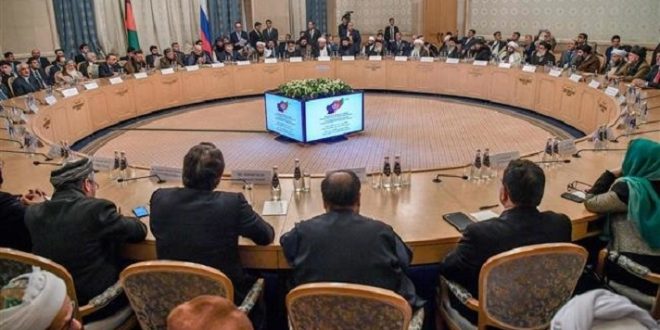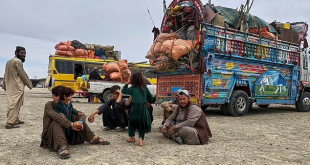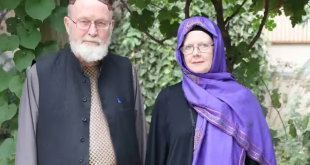The Afghanistan peace process has arrived at a turning point. What happens in the next few weeks in the talks between the Taliban and the Americans will determine whether the country will once again witness durable peace and stability or whether it will continue to be the scene of continued fighting as it has been since 1979 when the Soviet forces invaded it. Despite constant positive vibes are coming from Doha regarding the interlocutors inching closer to a peace deal, the details of a vague reduction of violence or a ceasefire are still up in the air. The US-Taliban negotiators are seemingly working out the modality and the timing for the foreign troop withdrawal while at the same time, there is nothing tangible seen regarding the commencement of a ceasefire and the initiation of an intra-Afghan dialogue despite the more-than-a-year long talks.
In his State of the Union address, President Donald Trump, without giving a timeline, once again reiterated his commitment to withdrawing US troops from Afghanistan. He propagates “in Afghanistan, the determination and valor of our war fighters has allowed us to make tremendous progress, and peace talks are underway.” But where is that progress? The year 2019 proved to be the most deadly year for children as per the Amnesty International figures while negotiations were ongoing and the warring parties’ were committing violence at full throttle. Trump has once again repeated his catchphrase when it comes to Afghanistan “I am not looking to kill hundreds of thousands of people in Afghanistan, many of them totally innocent. It is also not our function to serve other nations as law-enforcement agencies.” Given this, one wonders why does he keeping repeating such remarks? Afghans want you, Mr. President, to act on it and walk the talk because we haven’t seen your ‘tremendous progress’ other than the Pentagon saying that the US dropped more bombs on Afghanistan in 2019 than any other year since the Pentagon began keeping a tally in 2006.
Trump’s remarks come after US Secretary of State Mike Pompeo said that a deal was close but that they had been close before and failed because the Taliban group was unable to prove it is serious about peace. But you’re not close to signing a deal if you haven’t agreed upon a reduction of violence or ceasefire, something which is mostly vague so far. However, the positive aspect is that he demanded demonstrable evidence regarding the rebels’ will and capacity to reduce violence, to take down the threat so that the inter-Afghan talks will have a less violent context. This push by Pompeo is laudable but saying that we are near a deal is lame when there is no agreement on ceasefire and the launch of intra-Afghan talks. The intra-Afghan talks is the critical stage of the overall peace process because even if the Taliban and the Americans are able to reach an agreement, durable peace will be restored in Afghanistan only if and when the Taliban and the Afghan government also reach a peace settlement through an intra-Afghan dialogue. It goes without saying that as long as there is no ceasefire and intra-Afghan dialogue, the success of the peace process in Afghanistan is far from assured.
 Afghanistan Times
Afghanistan Times




